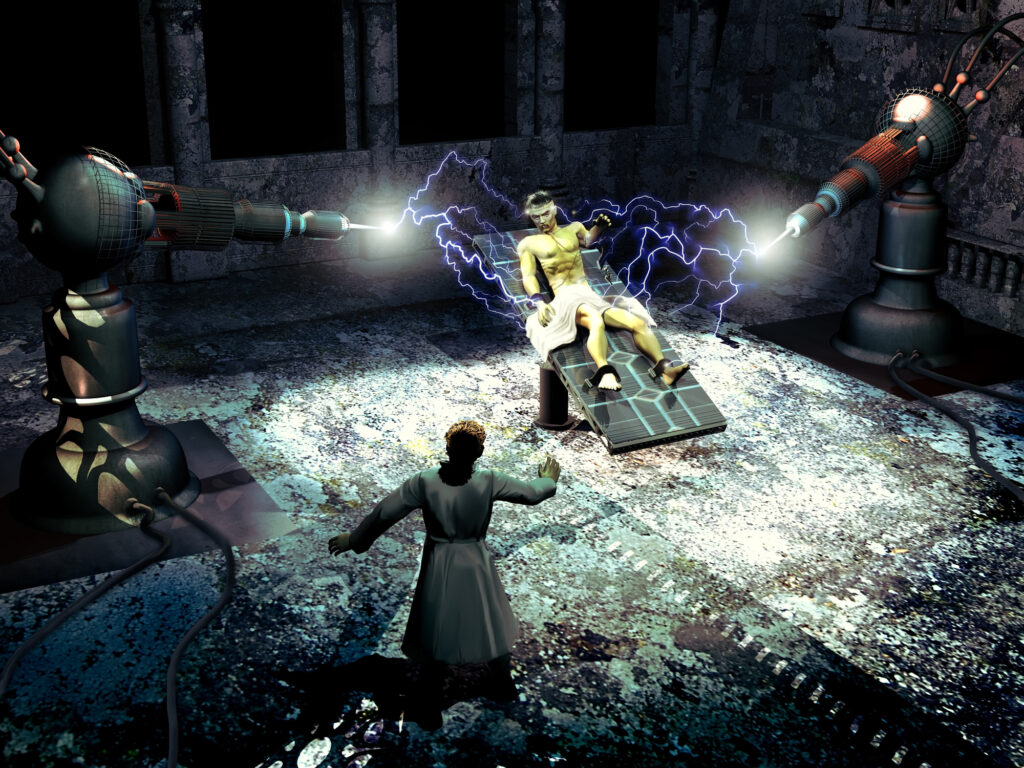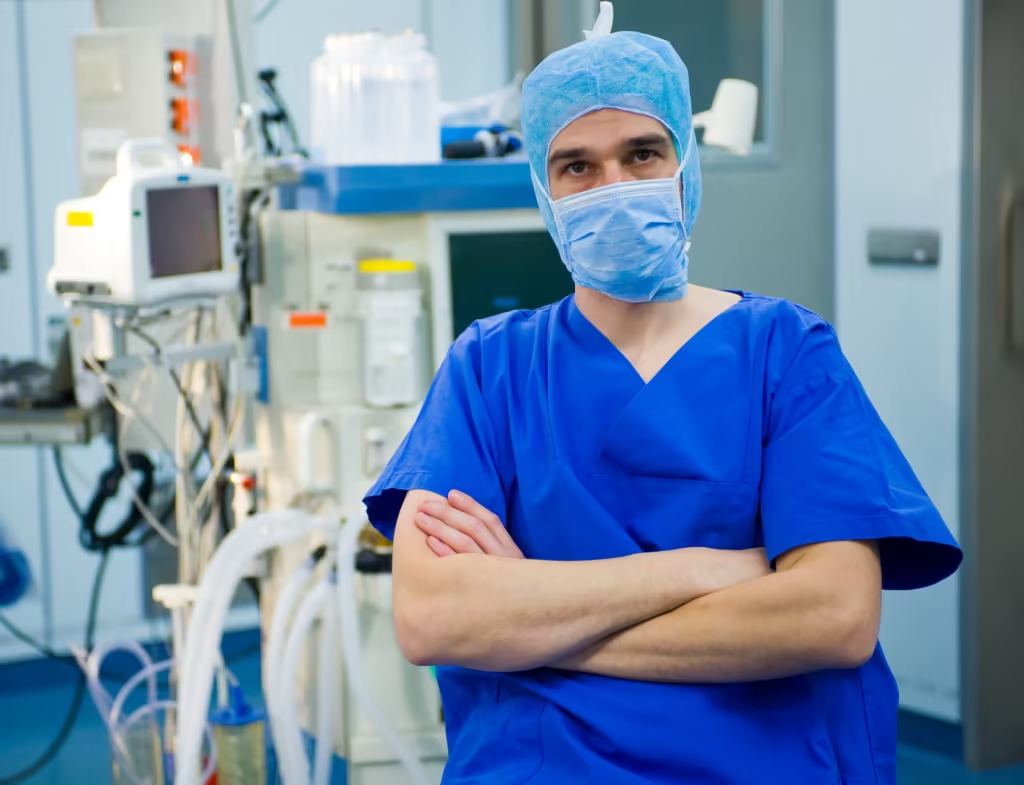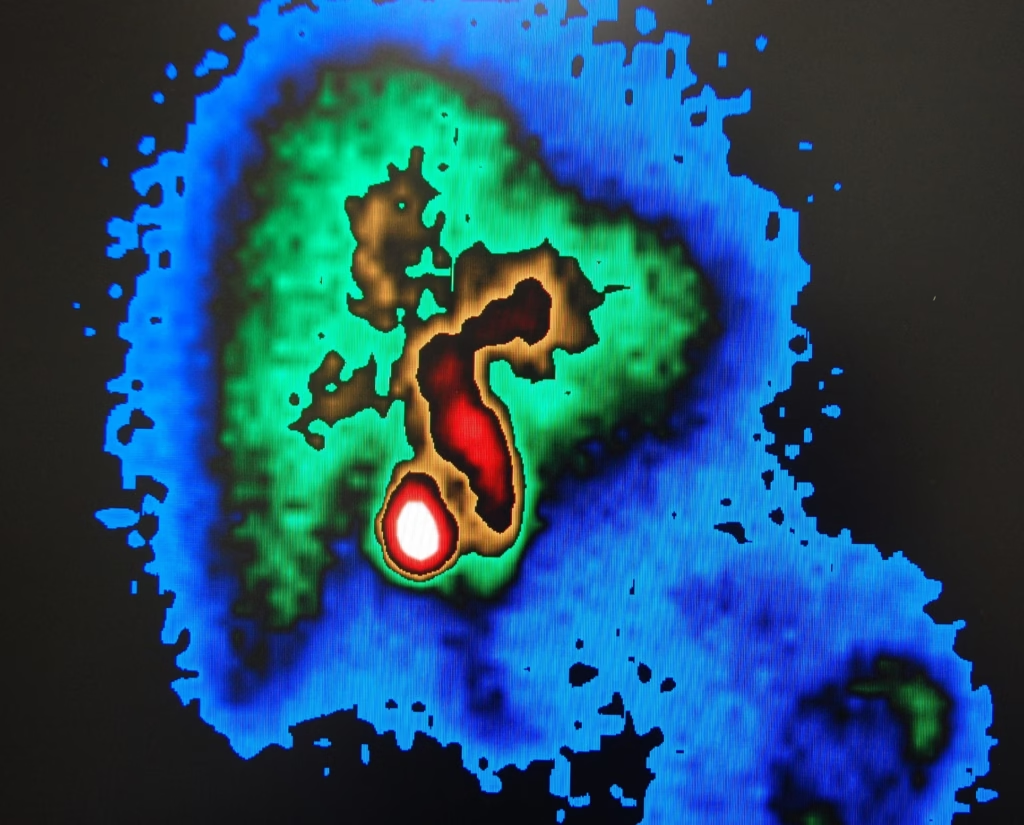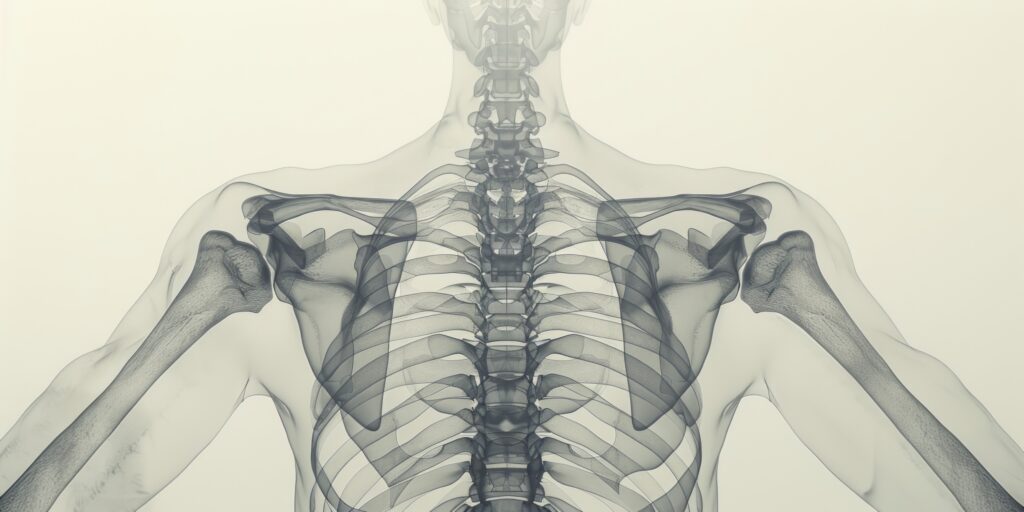Da Vinci technology transforms medical imaging through robotics, artificial intelligence, and advanced equipment, enhancing diagnostics and patient treatment.
Da Vinci Robotic Surgery
Medical imaging has radically transformed since the first X-ray was taken in 1895. The rapid evolution of technology in recent years has led to more accurate and efficient diagnostic techniques, significantly impacting the healthcare industry. Among the various innovations in medical imaging, the Da Vinci technology stands out as a revolutionary development. Drawing inspiration from the genius of Leonardo da Vinci, this technology combines robotics, artificial intelligence (AI), and advanced imaging equipment to change how physicians diagnose and treat a myriad of diseases.
The Da Vinci technology enhances medical imaging by integrating state-of-the-art imaging systems with robotic assistance, providing unprecedented precision and control during diagnostic and surgical procedures. This groundbreaking approach has far-reaching applications across various medical specialties, including radiology, oncology, cardiology, and gastroenterology. With improved diagnostic capabilities and minimally invasive procedures, Da Vinci technology significantly benefits surgeons and patients.
The incorporation of AI within the Da Vinci system enables advanced image analysis, surgical planning, and real-time adjustments based on the patient’s specific anatomy and physiology. These modifications ensure optimal surgical outcomes, improving patient experiences and recovery times. Furthermore, the system’s use of AI and machine learning continues to evolve, promising even more significant advancements in medical imaging capabilities.
As the technology continues to develop and become more widespread, costs are expected to decrease, making it accessible to a broader range of healthcare providers. Additionally, new applications and innovations will likely emerge, pushing the boundaries of medical imaging even further.
The Da Vinci Technology
The Da Vinci technology represents a groundbreaking medical imaging and surgical procedure innovation. As a state-of-the-art robotic surgical system, it integrates advanced imaging with robotic assistance to deliver enhanced precision and control during various medical procedures. The fusion of these technologies allows for unparalleled accuracy and efficiency in diagnostic imaging, which has far-reaching implications for patient care.
One of the most significant benefits of the Da Vinci technology is its ability to facilitate minimally invasive surgical procedures. By combining high-definition 3D imaging with precise robotic assistance, surgeons can perform intricate procedures with smaller incisions, less blood loss, and a reduced risk of complications. This approach results in shorter hospital stays, faster recovery times, and improved patient outcomes.
Components of the Da Vinci System
The Da Vinci system has several components that work harmoniously to deliver unparalleled imaging capabilities and enhanced surgical precision.
These features include multiple robotic arms equipped with cameras and surgical instruments. A surgeon can control these arms from a console, allowing precise movements and manipulation during procedures. In addition, the robotic arms enable unparalleled agility and accuracy, which translates to improved patient outcomes.
Also, the system employs cutting-edge 3D imaging technology, providing a highly detailed, real-time view of the surgical area. This advanced visualisation offers a comprehensive understanding of the patient’s anatomy and enables improved diagnostic capabilities. With a clear view of the surgical site, surgeons can perform more accurately and precisely, leading to fewer complications and improved patient recovery.
The incorporation of AI into the Da Vinci system significantly enhances its capabilities. AI allows for advanced image analysis, surgical planning, and real-time adjustments based on the patient’s unique anatomy and physiology. By leveraging AI, the system can identify critical structures, predict potential complications, and optimise surgical techniques, ensuring optimal outcomes for each patient.
Furthermore, the integration of AI and advanced imaging technologies enables a high level of instrumentation in the Da Vinci system. This personalised approach tailors surgical plans to the specific needs of each patient. These factors include the patient’s medical history, anatomical variations, and potential risk factors. This level of technology ultimately results in more effective treatment and faster recovery times.
Applications of Da Vinci Technology in Medical Imaging
In radiology, Da Vinci technology offers a transformative potential for diagnostic imaging by providing improved image quality and accuracy. The system’s high-definition 3D imaging capabilities enable radiologists to detect abnormalities with greater confidence and precision, ultimately leading to faster diagnoses and treatments. In addition, this enhanced imaging technology ensures that even the most minor and subtle irregularities can be identified, allowing for early intervention and improved patient outcomes.
Cancer detection and treatment have also benefited significantly from the Da Vinci technology. The advanced imaging capabilities of the system allow for superior tumour visualisation and localisation, enabling more targeted therapies and minimally invasive surgical procedures. Precise imaging facilitates the removal of cancerous tissue while minimising damage to surrounding healthy tissue, resulting in improved recovery rates and reduced complications.
The field of cardiology has seen successful applications of Da Vinci technology, particularly in treating heart valve diseases and coronary artery bypass grafting. High-definition 3D imaging offers precise visualisation of the heart’s structure, allowing cardiologists and cardiac surgeons to make more accurate diagnoses and implement effective surgical interventions. This increased accuracy improves surgical outcomes and patient care in cardiac health.
In gastroenterology, the Da Vinci system has been utilised to perform minimally invasive surgeries on the gastrointestinal tract. The enhanced imaging capabilities provided by the system allow for greater visualisation of the digestive organs, resulting in more accurate diagnoses and targeted treatments. Furthermore, by enabling a clearer view of the gastrointestinal structures, surgeons can perform procedures with increased precision and minimal disruption to healthy tissue, leading to faster recovery and fewer patient complications.
Benefits of Da Vinci Technology in Medical Imaging
One of the primary advantages of Da Vinci technology is the increased precision and control it offers in medical imaging and surgical procedures. This revolutionary system, designed by Intuitive Surgical, combines robotic arms with high-definition 3D imaging, providing physicians with unprecedented accuracy and dexterity in diagnosing and treating various medical conditions. The advent of the Da Vinci system has brought about significant advancements in the field of minimally invasive surgery, leading to improved patient outcomes and overall healthcare experiences.
The robotic arms of the Da Vinci system are engineered to mimic the subtle movements of human hands, which allows for a more delicate and precise manipulation of surgical instruments. This heightened level of control results in smaller incisions, which reduces blood loss during surgery. With less invasive procedures, patients experience less pain and discomfort and quicker recovery times, allowing them to return to their daily lives faster. Additionally, the minimised invasiveness of these surgeries reduces the likelihood of complications, such as infections and scarring, further enhancing patient outcomes.
A key aspect of the Da Vinci system’s success lies in the integration of artificial AI into its operations. AI algorithms help analyse and interpret the vast amounts of data collected during medical imaging and diagnostic procedures, enabling the development of highly personalised treatment plans. Considering the patient’s unique anatomy and physiology, the AI-driven Da Vinci system can tailor the surgical approach to best suit each individual’s needs. This ensures that patients receive the most appropriate and effective care possible, ultimately improving their chances of a successful recovery.
Da Vinci Technology: Overcoming Cost & Training Challenges for Global Healthcare Impact
One of the significant challenges associated with Da Vinci technology is its high costs, which can limit accessibility for some medical facilities, particularly in low-income countries. The initial investment required to purchase and install the system and ongoing maintenance costs can be prohibitive for healthcare providers with limited resources. However, as technology advances and becomes more widespread, costs are expected to decrease, making it more accessible to a broader range of healthcare providers, ultimately benefiting patients worldwide.
Another challenge facing the widespread adoption of Da Vinci technology is the need for specialised training for healthcare professionals. The system involves complex components and procedures, which require a steep learning curve for physicians and other healthcare providers. Therefore, adequate training and skill development are essential to ensure the safe and effective use of the technology and maximise its potential benefits. With the increasing popularity of the Da Vinci system, more training programs are being developed to facilitate its adoption. These programs aim to provide healthcare professionals with the necessary skills and knowledge to confidently and competently operate the system, ultimately leading to favourable patient outcomes.
The future of medical imaging and surgical procedures using Da Vinci technology looks promising. As technology advances, it is expected that new applications and innovations will emerge, further revolutionising the field of medical imaging and minimally invasive surgery. For instance, developing smaller and more versatile robotic arms could enable the system to be used for an even more comprehensive range of procedures, thereby expanding its scope and impact.
Additionally, machine learning and AI integration will continue to enhance the system’s capabilities, making it even more precise and efficient. These advanced algorithms will allow for improved diagnostic accuracy and more customised and targeted surgical interventions. By harnessing the power of AI, Da Vinci, technology will continue to evolve and adapt to the ever-changing landscape of healthcare, ultimately leading to improved patient care and outcomes.
Conclusion
The Da Vinci technology has revolutionised medical imaging by offering enhanced precision and control in diagnostic and surgical procedures. Its applications in various medical specialities, such as radiology, oncology, cardiology, and gastroenterology, have improved patient outcomes and satisfaction. The system’s ability to provide detailed, high-definition 3D imaging, coupled with its robotic arms, has enabled physicians to perform minimally invasive surgeries with unprecedented accuracy and control.
As the technology becomes more accessible, its applications are expected to expand, benefiting patients and healthcare providers. Additionally, the integration of AI and machine learning will continue to refine and enhance the system’s capabilities, making it even more efficient and effective.
As healthcare continues to evolve, Da Vinci technology is poised to play a crucial role in shaping the future of medical imaging and patient care. Its groundbreaking advancements are set to redefine the standards of precision and efficiency in surgical procedures, ultimately leading to improved patient outcomes and a more streamlined healthcare experience.
Disclaimer
The content provided in this article is intended for informational and educational purposes only. It does not constitute medical advice, diagnosis, or treatment recommendations. While Open Medscience strives to ensure accuracy and reliability, no guarantee is made regarding the completeness or current relevance of the information presented.
References to the Da Vinci system and its applications are based on publicly available sources and are not an endorsement of any specific medical device or manufacturer. Medical technologies and practices mentioned in this article may vary by region and should be interpreted within the context of professional medical judgement and local regulatory guidelines.
Readers are advised to consult with qualified healthcare professionals for medical advice or before making any decisions related to health or medical procedures. Open Medscience accepts no responsibility for any actions taken based on the information provided in this article.
You are here: home » diagnostic medical imaging blog »



